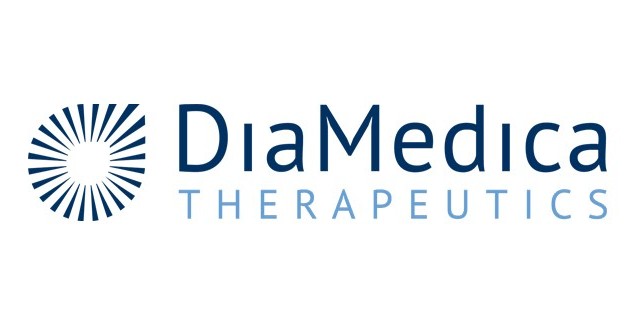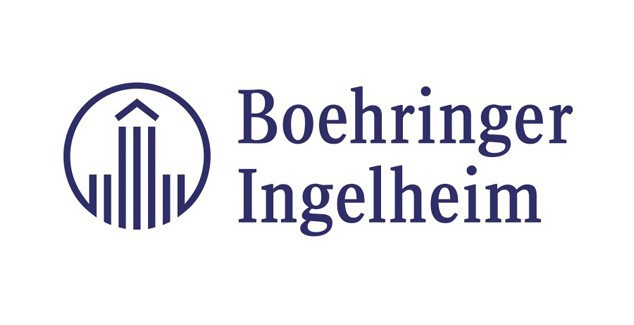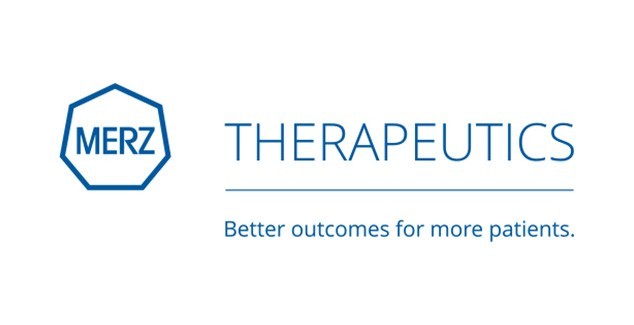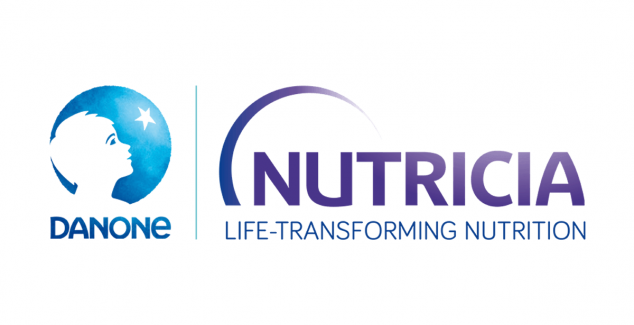Sarah Shali Matuja1, Fredrick Kalokola1,2, Patrick Ngoya1, Jemima Shindika2, Lilian Andrew2, Joshua Ngimbwa2, Rashid Ahmed3, Basil Tumaini4, Khuzeima Khanbhai5, Reuben Mutagaywa4, Mohamed Manji4, Faheem Sheriff6, Karim Mahawish7
Bugando Medical Centre (BMC) is a tertiary teaching hospital located in Mwanza, Northwestern, Tanzania. BMC is over 54 years old, having originally been built by the Catholic Church between 1968 and 1977, the hospital has since undergone expansions and now treats over 300,000 patients a year.1
A group of researchers from Tanzania, United States and New Zealand, led by Dr. Sarah Shali Matuja, have come together to more closely assess stroke at Bugando Medical Centre.
Recent research has highlighted that countries in sub-Saharan Africa have higher stroke burden and mortality rates2, but the factors related to higher mortality are less well characterised. The research group were particularly interested in establishing stroke aetiology, complications and 30-day mortality at BMC. “We decided to look at the number of stroke cases admitted to BMC from February to May 2022” explained Dr. Matuja. “Once we had established the number of cases and stroke characteristics, we aimed to assess the predictors of 30-day mortality at our institution 2.

From Top Left: Sarah Matuja, Fredrick Kalokola, Patrick Ngoya, Reuben Mutagaywa. From Bottom Left: Jemima Shindika, Lilian Andrew, Joshua Ngimbwa
Over the 4-month period a total of 145 stroke cases were admitted to the hospital, of which 135 were included in the research. “We found the mean age of stroke patients was 64 years and just over half of patients were male (55.6%)’’ said Dr. Matuja.
"We found that 65% of strokes were ischaemic compared to 35% haemorrhagic. We also observed that the median admission National Institutes of Health Stroke Scale (NIHSS) score was 20.5, signifying severe neurological impairment” explained Dr. Matuja.
The researchers then looked at the clinical risk factors of the cohort and found that, almost 30% had a history of smoking, while over 75% had hypertension. Despite a high prevalence of hypertension, we noticed that only a quarter of these were taking regular medication to treat this” said Dr. Matuja. The significant impact of untreated hypertension was also demonstrated in our 2021 study,4 and really highlights the importance of risk factor identification, early treatment and control in the prevention of stroke.”
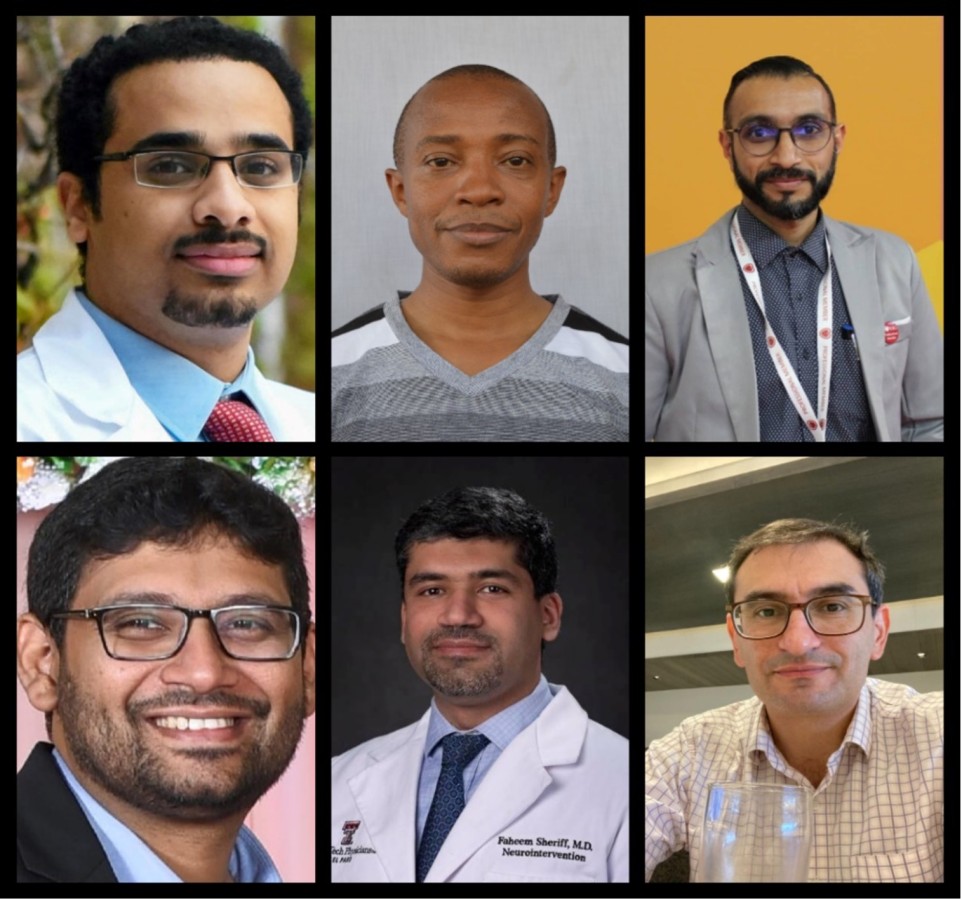
From Top left: Rashid Ahmed, Basil Tumaini, Khuzeima Khanbhai From Bottom left: Mohamed Manji, Faheem Sheriff, Karim Mahawish
On assessing the follow up data, the researchers found that 37% of patients had died by day 30. The independent predictors of mortality in their cohort were: stroke severity (as assessed by the NIHSS), disability score, the development of aspiration pneumonia and electrocardiographic (ECG) abnormalities.
“It is quite alarming that stroke mortality in Tanzania is higher than that observed in other LMIC studies” explained Dr. Matuja. “The fact that we see mortality related to both severity of stroke and comorbid complications such as aspiration pneumonia emphasizes the urgent need to develop locally appropriate specialised stroke centres.”
The research group hopes that their study findings will provide an evidence-based call for advocating specialised stroke centres/units in Tanzania that will help improve outcomes from stroke.
Author Affiliations
1Department of Internal Medicine, Catholic University of Health and Allied Sciences, Tanzania.
2Department of Internal Medicine, Bugando Medical Centre, Tanzania.
3Department of Neurology, Massachusetts General Hospital, Harvard Medical School, United States.
4Department of Internal Medicine, Muhimbili University of Health and Allied Sciences, Tanzania.
5Department of Cardiology, Jakaya Kikwete Cardiac Institute, Tanzania.
6Department of Neurology, Texas Tech University Health Sciences Center, Paul L Foster School of Medicine El Paso, United States.
7Stroke Medicine Department, Counties Manukau Health, Auckland, New Zealand
References
1. https://www.bugandomedicalcentre.go.tz/index.php
2. Matuja SS, Mlay G, Kalokola F, Ngoya P, Shindika J, Andrew L, et al. Predictors of 30-day mortality among patients with stroke admitted at a tertiary teaching hospital in Northwestern Tanzania: A prospective cohort study. Front Neurol. 2023 Jan 18; 13:3047
3. Feigin VL, Stark BA, Johnson CO, Roth GA, Bisignano C, Abady GG, et al. Global, regional, and national burden of stroke and its risk factors, 1990–2019: a systematic analysis for the Global Burden of Disease Study 2019. Lancet Neurol. 2021;20(10):795–820.
4. Matuja SS, Munseri P, Moshiro C, Khanbhai K, Mahawish K. The burden, correlates and outcomes of left ventricular hypertrophy among young Africans with first ever stroke in Tanzania. BMC Cardiovascular Disorders. 2021 Oct 9;21(1).

 Member login
Member login



